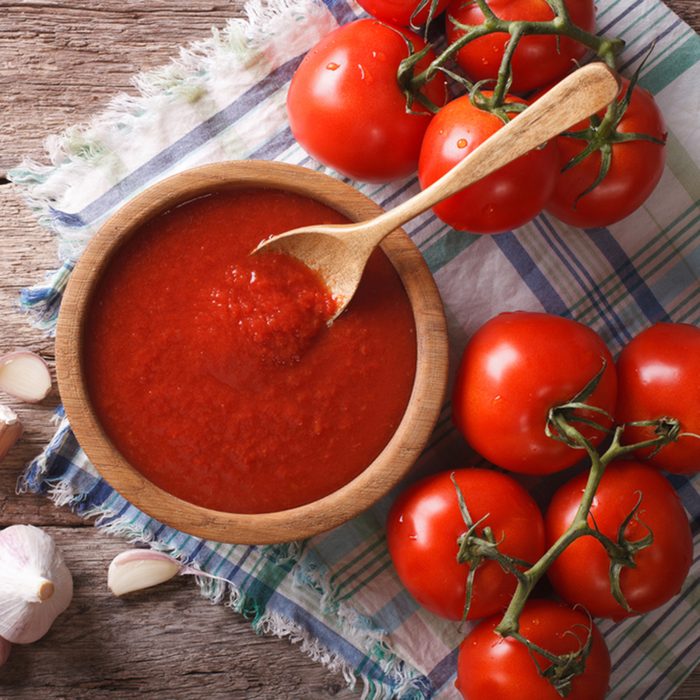
Tomato sauce
Your pantry may be stocked with tomato sauce you bought the last time there was a sale, but it always should go in the fridge after you open it. “In the old days, a lot of us used to keep tomato sauce in the pantry,” Lydia Buchtmann, spokeswoman for the Food Safety Information Council, told HuffPost Australia, “but since then these products have gotten a lot healthier, so they’ve got less unhealthy preservatives in them like salt.”
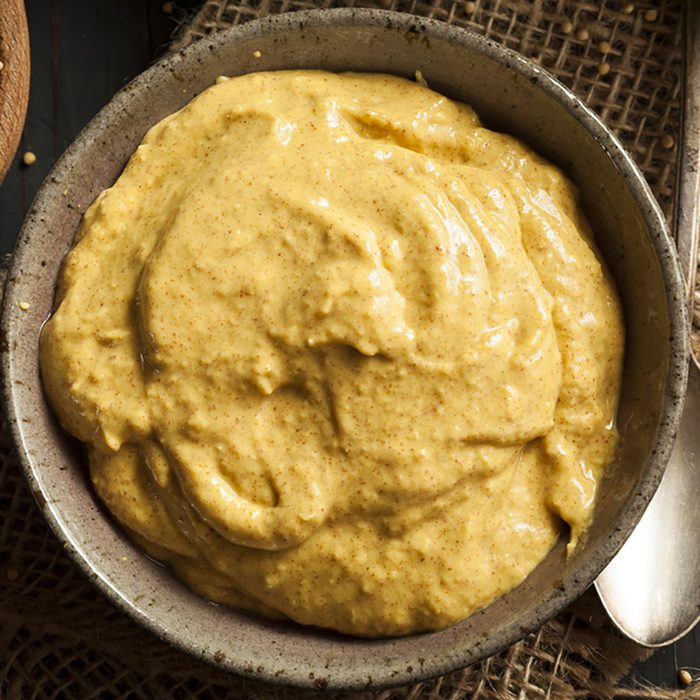
Dijon mustard
Although your favorite hot dog condiment won’t spoil if it’s kept in the pantry, keeping it in the fridge removes any risk of your Dijon losing the flavor you love. Plus, it’ll last longer if it’s refrigerated. Find out how to make your own condiments that are way better than store-bought.

Bananas
Surprised? You may be used to keeping your bananas in prime pantry real estate, but if you keep them there, they just keep ripening. When they’re ready to eat, put them in the fridge, the Academy of Nutrition and Dietetics says. If the peels turn brown, they’ll still be good to eat. Ever wondered “is canned fruit healthy“? We have the answer.
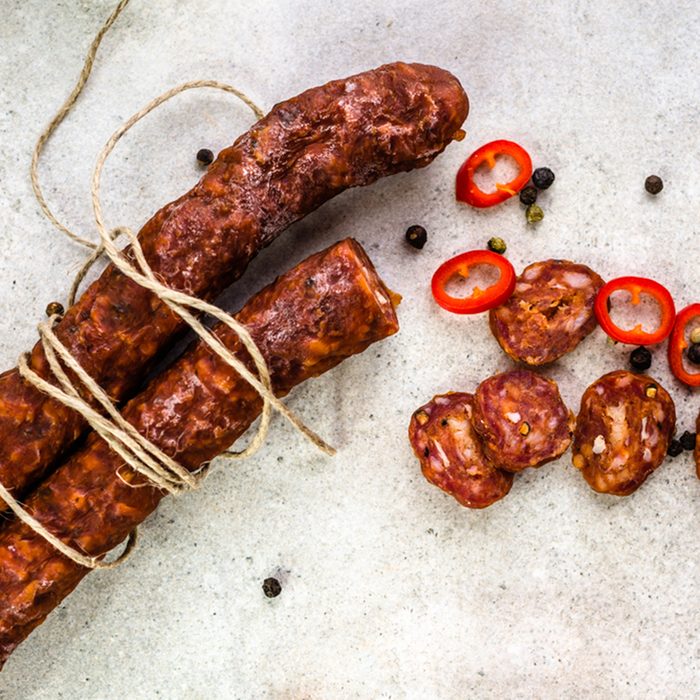
Salami
You already know to keep raw meat like chicken and beef in the fridge (or the freezer if you’re not using it right away), and the same applies for cured meat like salami. In a 2006 study, researchers found that 23 percent of the tested 1,020 dry Italian salami contained the foodborne pathogen Listeria monocytogenes. Find out how to use up that package of lunchmeat, here.

Pure maple syrup
If you love syrup, why would you eat anything other than the 100 percent pure maple stuff? However, unlike syrup that’s only maple-flavored, this pure kind must be kept in the refrigerator to prevent mold. Store it in the freezer (don’t worry, it won’t freeze solid), and it’ll keep indefinitely.
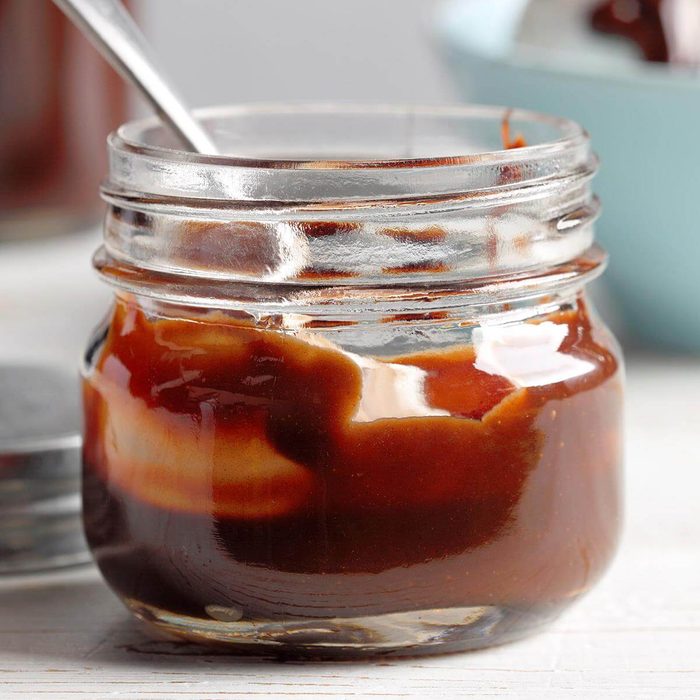
Chocolate syrup
Maple isn’t the only kind of decadent topping that needs to be kept in the fridge. Left in the pantry, the flavor of your chocolate syrup will go bad. One notable exception is Nesquik syrup; because it doesn’t contain high fructose corn syrup, refrigerating it will make it crystalized. Here are some amazing homemade ice cream recipes just waiting for a drizzle of chocolate syrup.

Corn on the cob
Either cook up this summertime staple right away, or toss it in the fridge. According to the Academy of Nutrition and Dietetics, an ear of corn can lose 50 percent of its sugar if left at room temperature. If you opt to refrigerate, eat it within two days for the best taste. Don’t miss these storage tips to make your food last longer.
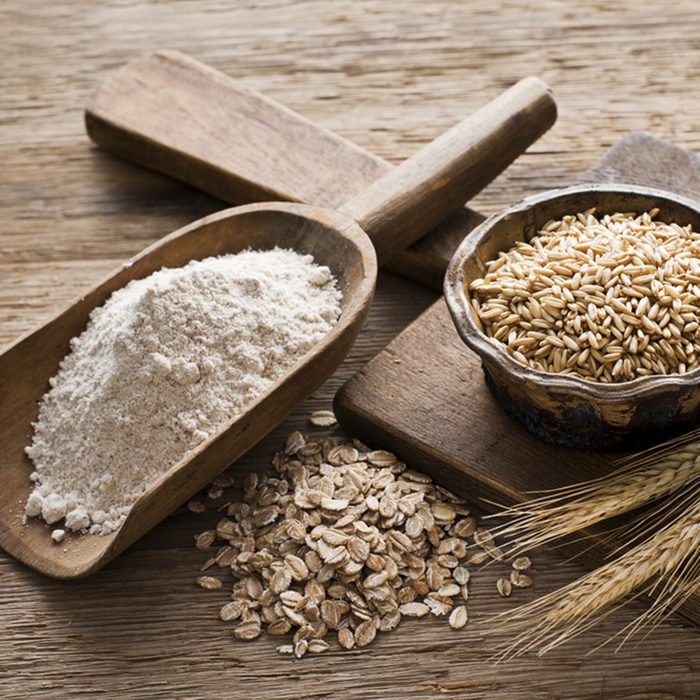
Whole-grain flour
Any variety of whole-grain flour is healthier than your average all-purpose white flour. That’s because these flours contain some or all of the bran and germ from the original wheat, meaning they use the whole grain. (Get it?) However, the oils in the bran and germ can spoil quickly. Storing whole-grain flour in the freezer significantly slows down the spoiling process, The Kitchn reports, and increases their shelf life.
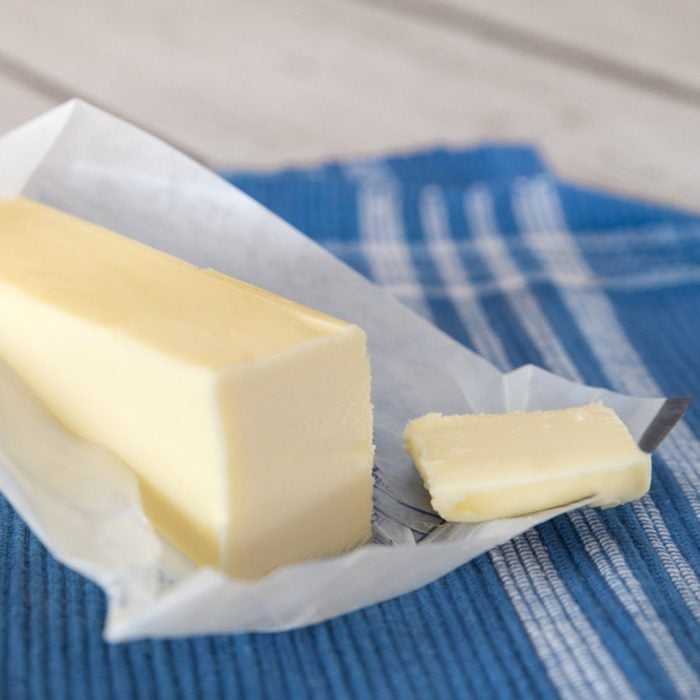
Unsalted butter
You may be one of the thousands of Americans who leaves their butter on the counter (or in the pantry) so it gets soft and spreads easily. While this hack is technically safe, health experts told TODAY that only salted butter should be left out of the fridge, since the salt can keep bacteria away. Additionally, you should store it in an airtight container and only leave it out for two weeks, max.
Here, find out how long butter can sit out.

Jam and jelly
Some people prefer room temperature jams and jellies, but at the end of the day, wouldn’t you rather eat something that couldn’t potentially make you sick? Almost all jellies and jams say, “Refrigerate after opening” on the jar, so just follow the instructions. The Smucker’s website says that any opened fruit spreads left unrefrigerated for 48 hours should not be used.
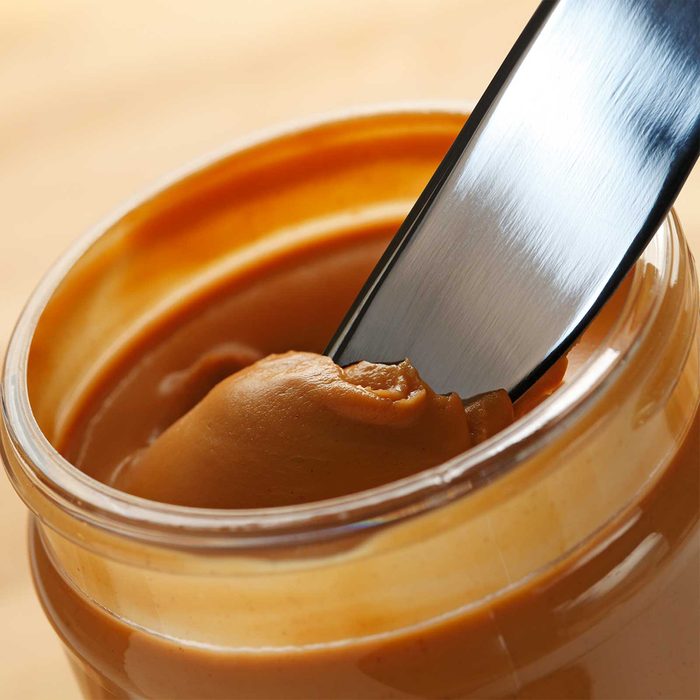
Organic peanut butter
Typical peanut butter, like Jif spreads, can be kept in the pantry. But if your peanut butter is natural or organic, the oils will separate and turn rancid. These types need to be kept it in the fridge. The same goes for other organic nut butters.
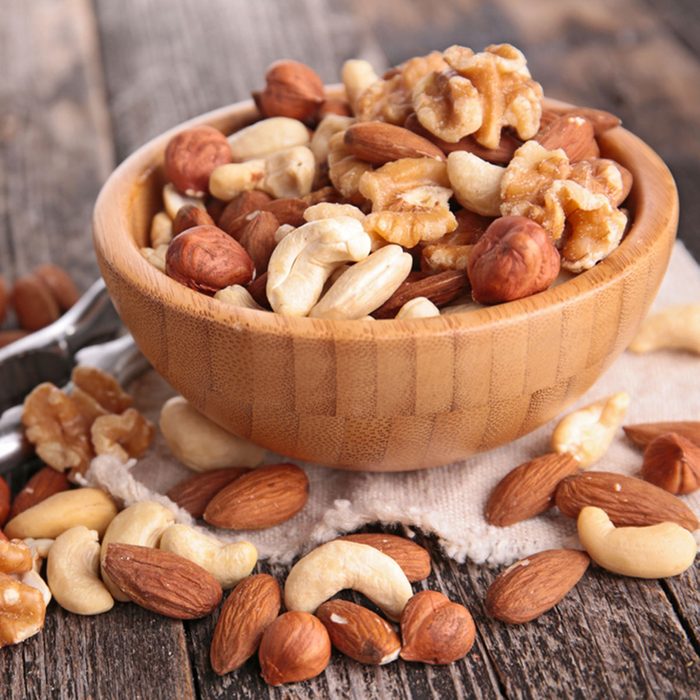
Nuts
Since nuts have the same oils as nut butters, they need to be refrigerated for the same reason. They’ll stay fresh for up to six months, or up to a year in the freezer.
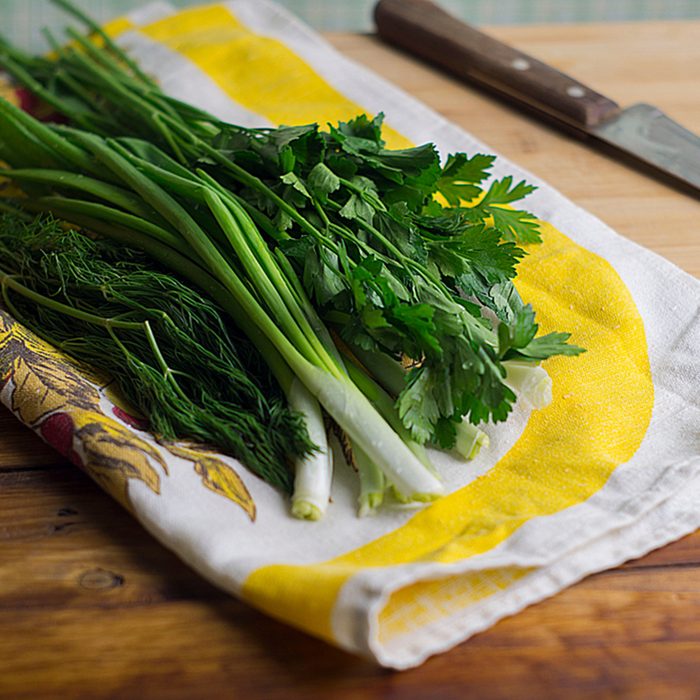
Fresh herbs
While basil can thrive in a pantry, many other herbs need to stay in the fridge to stay fresh. Hardy herbs, like rosemary and thyme, should be washed, wrapped in a damp paper towel and then in plastic, and kept in your fridge’s crisper drawer. Soft herbs, like cilantro, dill, and parsley, should also stay out of the pantry. Keep them in plastic bags in the fridge.

Opened red wine
What?! Blasphemy! I’m sure that’s what all you wine lovers must be thinking. But it’s true. Opened red wine should be re-corked and refrigerated to stay fresh for another day, TODAY.com reports. The cold temperature will slow down the oxidation process. Check out these other storage tips that will keep your favorite bottle of wine tasting amazing.
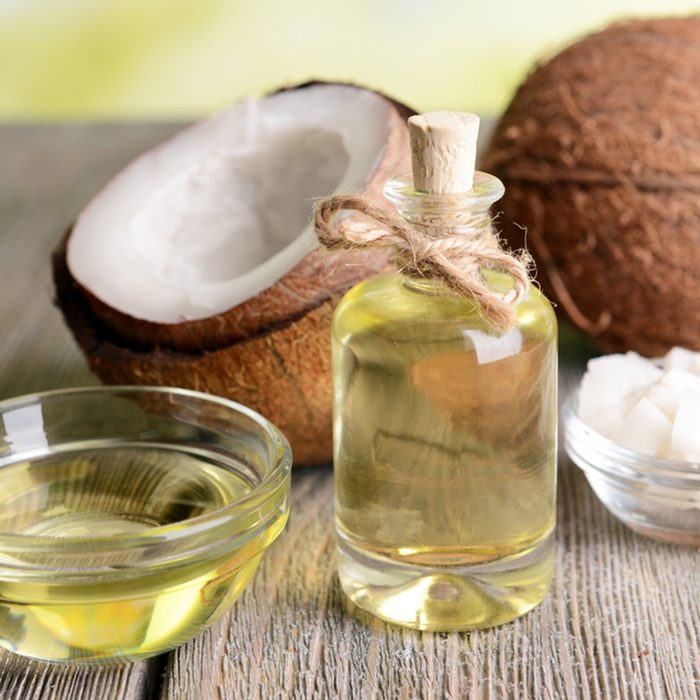
Coconut oil
Like the oils in nuts and nut butters, coconut oil can eventually go rancid when stored at room temperature for too long. Take it out of the pantry and put it in the fridge.
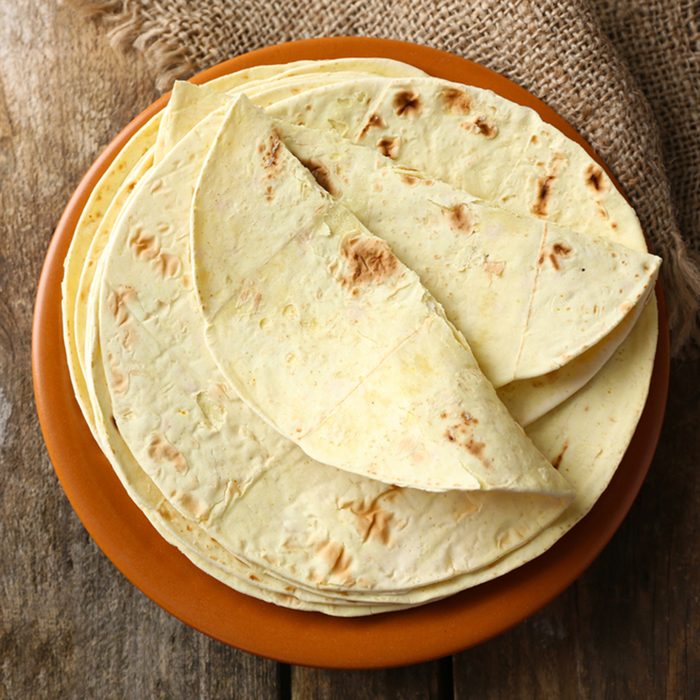
Tortillas
You may not realize it, but tortillas are actually prone to molding. They’ll stay good for about a week at room temperature, but keep your tortillas in the fridge immediately after opening, just to be safe. Next, don’t miss these foods you’re spoiling by putting in the refrigerator.